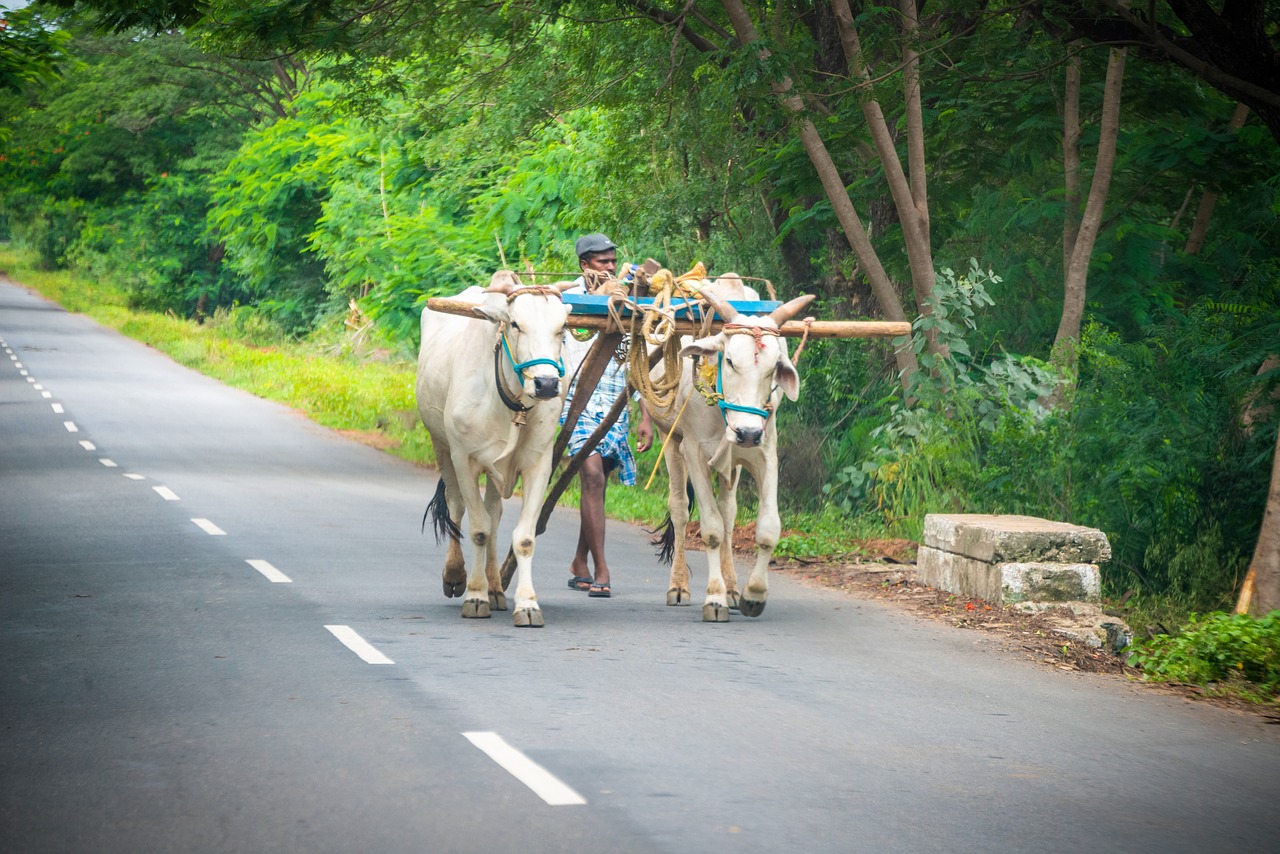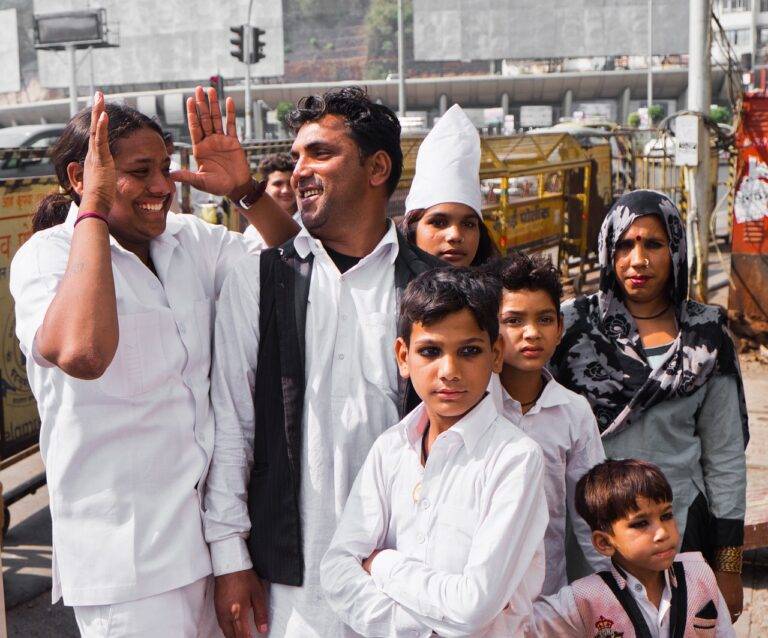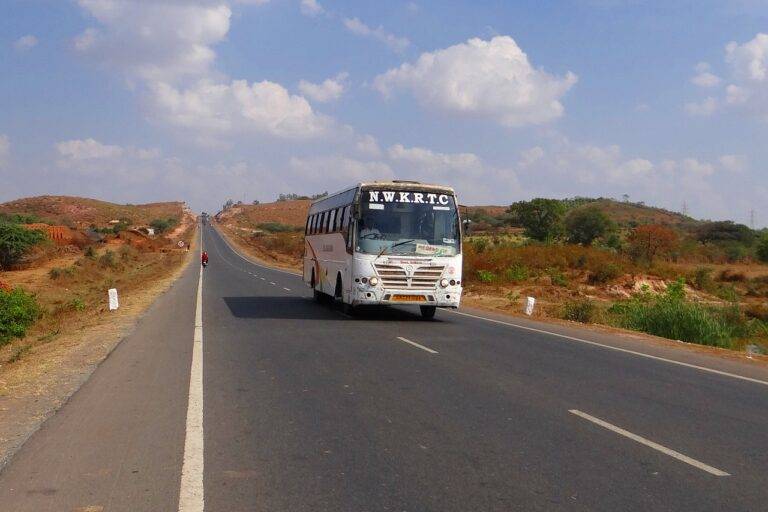The Role of Youth Voter Engagement in Election Outcomes
Youth voter turnout has the potential to significantly influence the outcomes of elections. When young people actively participate in the electoral process by casting their votes, they can collectively shape the political landscape and impact the final results. Studies have shown that increased youth voter turnout can sway elections in favor of candidates and policies that resonate with the values and priorities of this demographic.
In instances where youth voter turnout is low, the impact on election results can be tangible. Candidates may cater their campaigns and policy platforms to demographics with higher turnout rates, potentially neglecting the concerns and interests of younger voters. As a result, elections may not fully reflect the diverse perspectives and preferences of the overall population, leading to outcomes that may not align with the desires of the youth electorate.
Barriers to Youth Voter Engagement
Engaging youth in the voting process poses several challenges. One obstacle is the lack of political education in schools, which often fails to adequately prepare young people for their civic responsibilities. Without a strong foundation in government structures and policies, many youth feel ill-equipped to participate in the electoral process.
Moreover, logistical barriers such as voter registration requirements and polling place accessibility can deter young voters. Complex registration processes and limited access to polling locations can be overwhelming, especially for first-time voters. These hurdles can discourage young people from casting their ballots and exercising their right to vote.
Why is youth voter turnout important in elections?
Youth voter turnout is important in elections because young people make up a significant portion of the population and their voices deserve to be heard in the democratic process.
What are some common barriers to youth voter engagement?
Some common barriers to youth voter engagement include lack of political education, difficulty in registering to vote, feeling like their vote doesn’t matter, and limited access to polling locations.
How can we overcome barriers to youth voter engagement?
We can overcome barriers to youth voter engagement by providing more political education in schools, making voter registration easier and more accessible, emphasizing the importance of each vote, and increasing the number of polling locations in youth-dense areas.
What is the impact of youth voter turnout on election results?
The impact of youth voter turnout on election results can be significant, as young people have the power to sway the outcome of an election in favor of candidates or policies that align with their beliefs and values.





